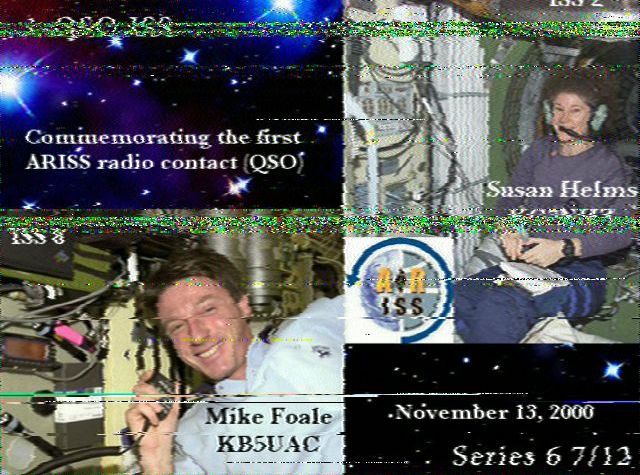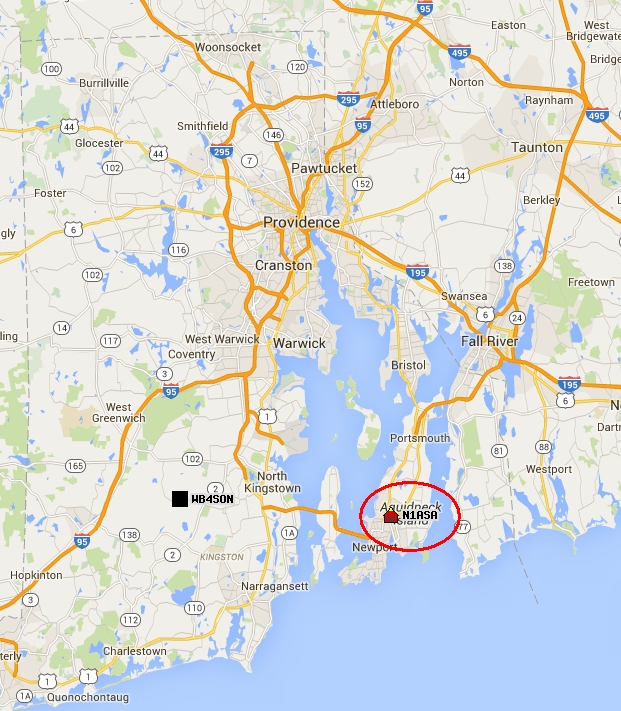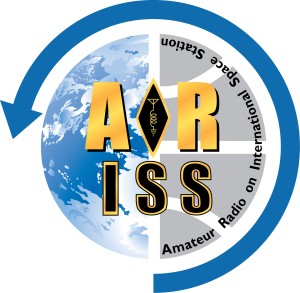Several NCRC members (Mike, K1NPT, Paul, N1PSX, Bob, WB4SON, and member applicant Charles, K1ECU) met at ASA for our second day of on-air RF testing. We wanted to get the backup antenna working, but found it slightly worse off that this past weekend, with water dripping out of the matching unit. Repair work will be undertaken ASAP. (We actually have a backup to the backup and it is working fine.)
Configuring a backup computer and attempting to run everything off that single machine proved to be both time consuming and error prone. By the time things were mostly working, the first ISS pass was almost over — too late for RF testing. The second pass 90 minutes later was better, but the Icom IC-9100 was balky due to the USB connection being handled by a hub, rather than directly by the PC.
Another RF Practice Session is planned for 10 AM this coming Saturday, Apr 23, through about 2 PM. We will be back to a multiple PC setup, so things will work much better.
Invited guests and students will receive a “goodie bag” that will include an informational Trifold Brochure on NCRC, among other things. You can see the Trifold here. It will be available at various club activities throughout this year.
While we still don’t know the final contact date, it will likely be between May 3rd to May 6th shortly after noon.



